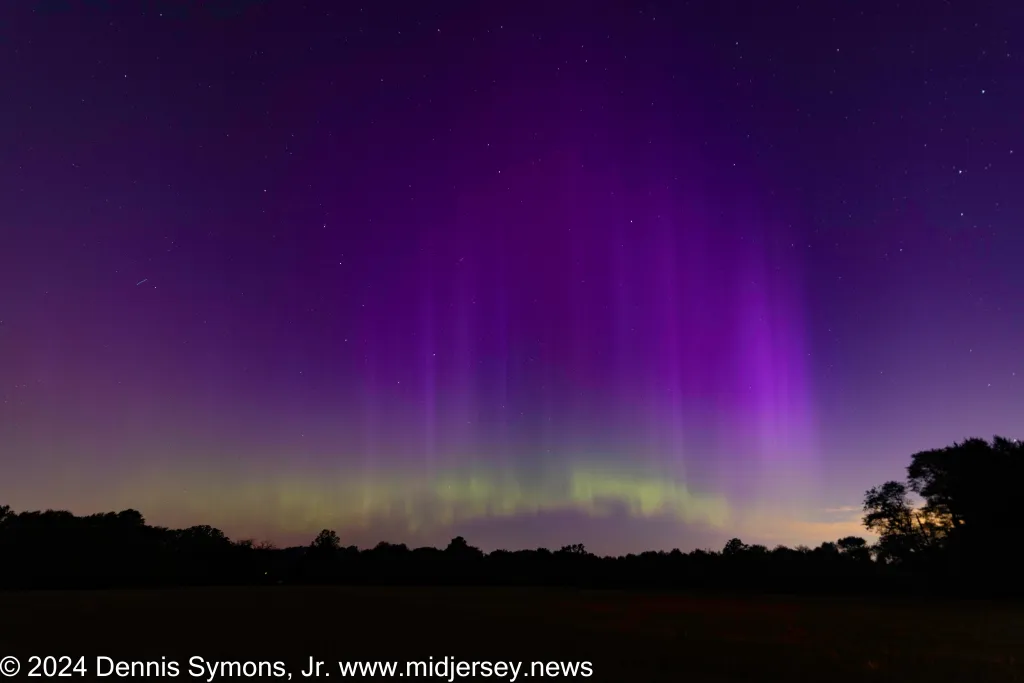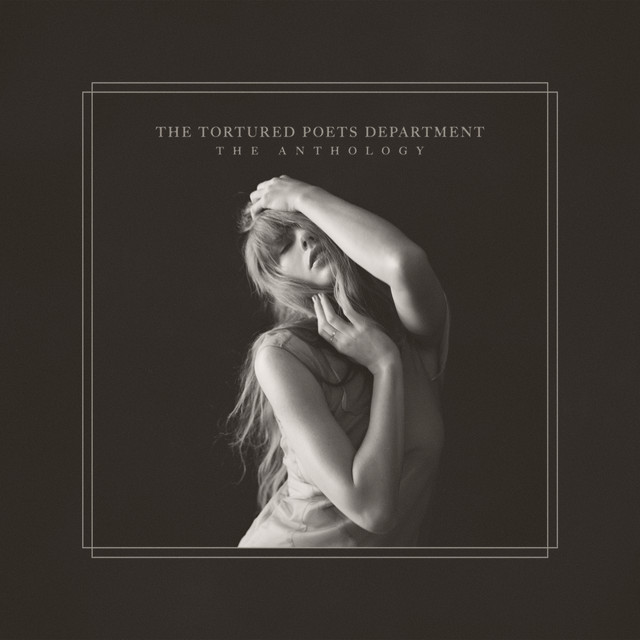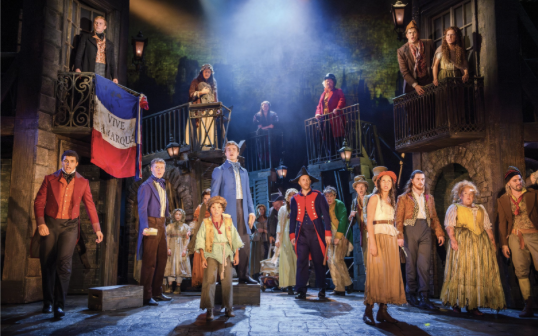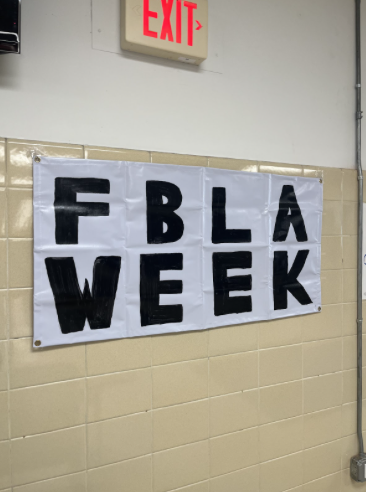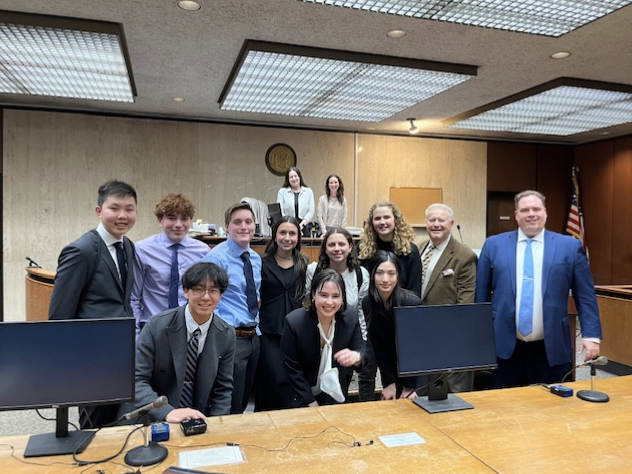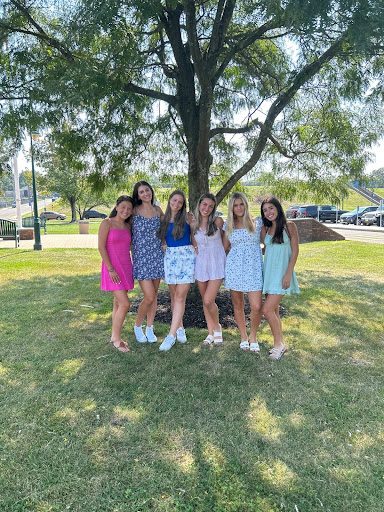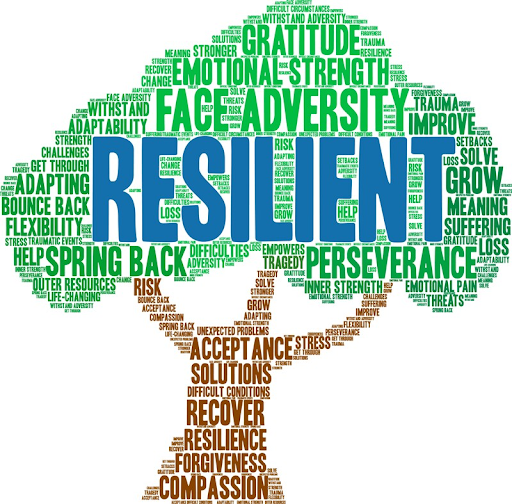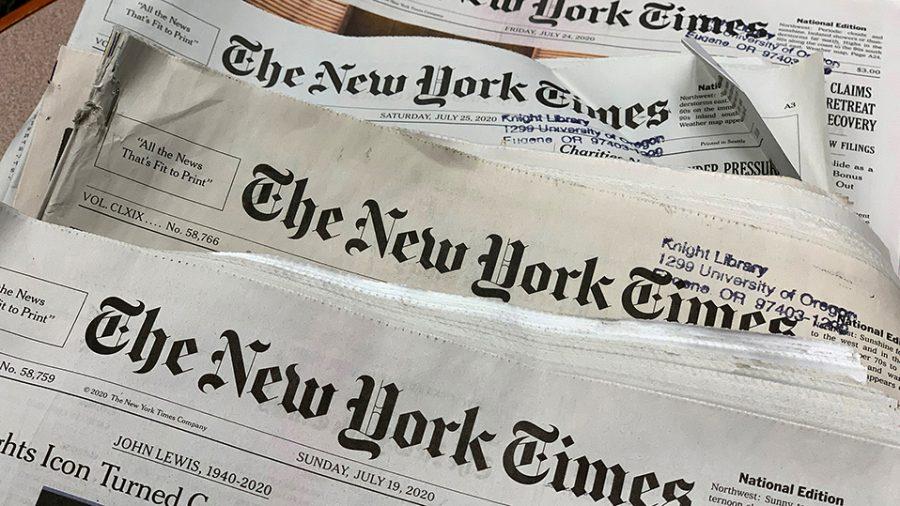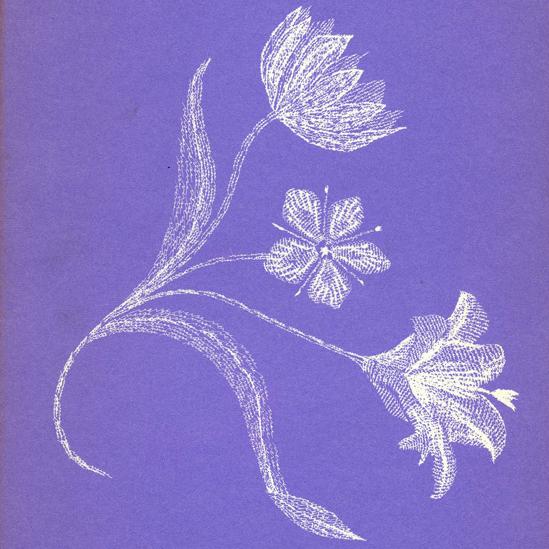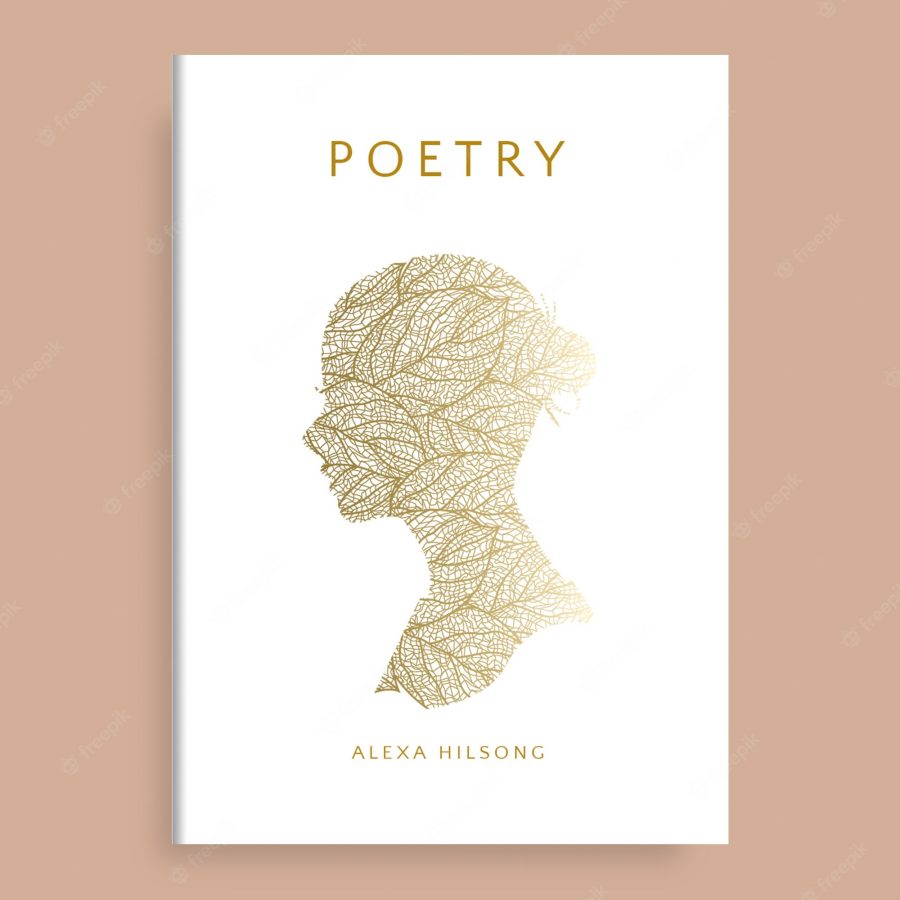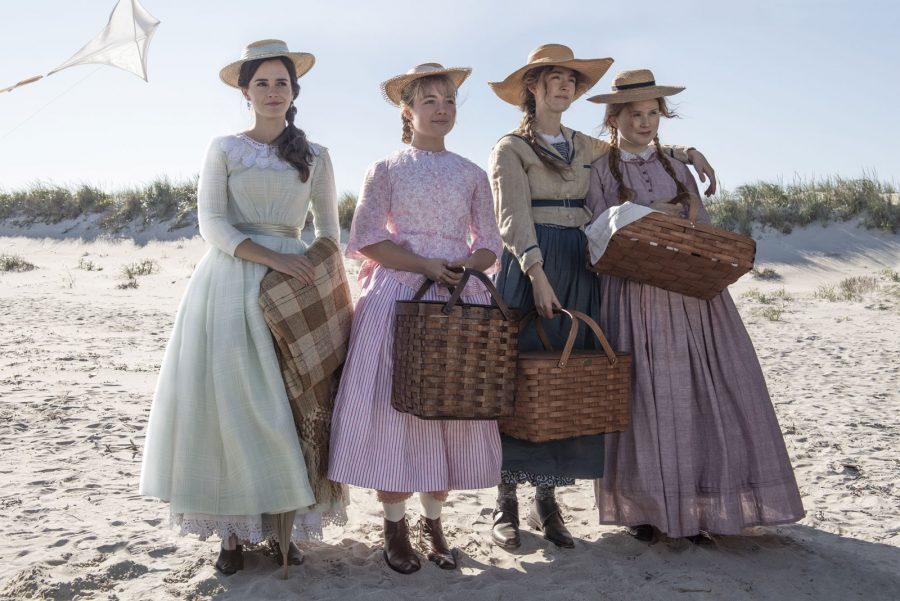“Women, they have minds, and they have souls, as well as just hearts. And they’ve got ambition, and they’ve got talent, as well as just beauty. I’m so sick of people saying that love is just all a woman is fit for. I’m so sick of it!” – Little Women, 2019
On Christmas Day, Greta Gerwig’s highly anticipated film “Little Women” premiered in theaters. Within the first weekend of its release, it had accrued $29 million in sales, a huge success especially considering all the other films available during the holiday
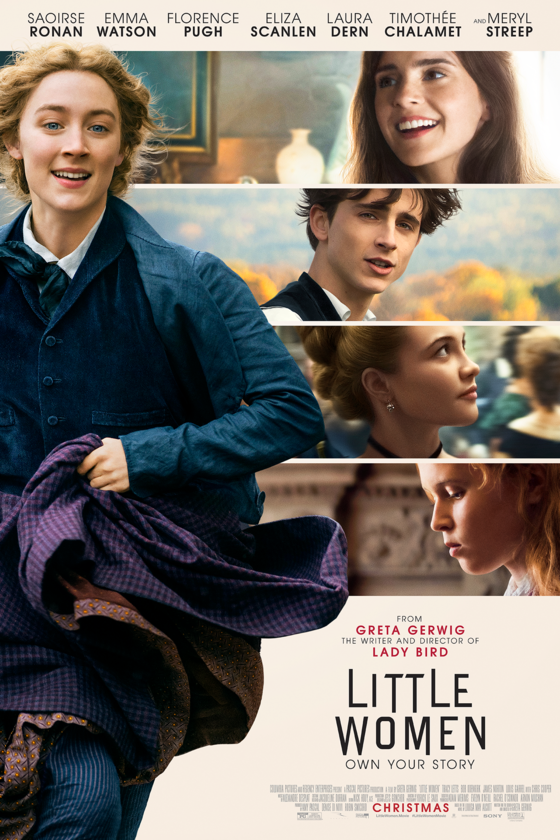
weekend (including “Star Wars: The Rise of Skywalker” and “Jumanji: The Next Level”). The film is based on the classic novel by Louisa May Alcott, which has been adapted into films and television shows in the past. This adaptation, however, is by far the truest to the original story and also the most relevant to the modern day.
I saw the movie twice in theaters and was able to grasp more details the second time. Although some people claimed that the constant switching from the present to flashbacks from seven years before was confusing, I found this to be a dynamic, meaningful way of delivering the story. The reflections made certain ideas in the film more profound. The rose-colored, vibrant past deeply contrasts with the dull present filled with struggle yet hope. Gerwig and the actors in the film did an amazing job capturing small details and idiosyncrasies, from Jo shifting her pen from her right to left hand while writing to the silent expressions of love between Laurie and all of the sisters. The film felt authentic and every moment of it was engaging and emotional.
“Little Women” featured superb performances from Saoirse Ronan, Florence Pugh, Emma Watson, Eliza Scanlen and Timothée Chalamet. Ronan, Pugh, Watson and Scanlen truly evoke the genuine, complex relationship of sisters, who cling to each other in adversity and love each other unconditionally. After Amy burns Jo’s novel to get revenge on her for not letting her go out with her and Meg, their mother Marmee says to Jo, “Don’t let the sun go down on your anger. Forgive her. Help each other, and you begin again tomorrow.” This truly illustrates the sisters’ need to love each other and to be there for each other.
What makes this adaptation so compelling is not only its authenticity to the original text but its relevance today. When “Little Women” came out, JCHS’s AP Literature class taught by Ms. Podvesker was reading the novella “The Awakening” by Kate Chopin. Also a canonical text, “The Awakening” depicts a woman’s struggle after realizing that she is
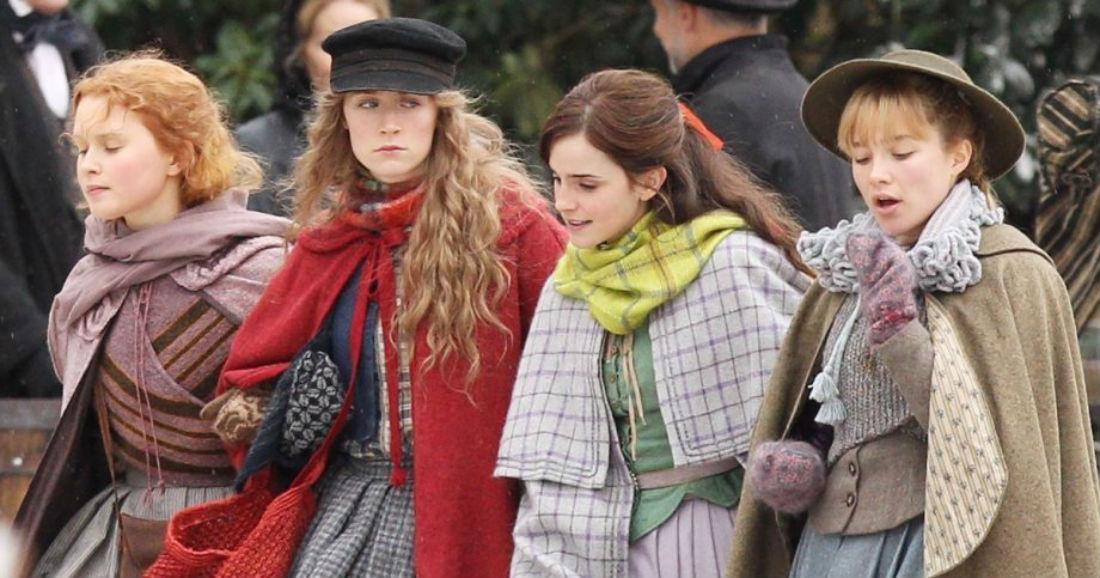
essentially trapped as a woman in a patriarchal society. Upon its release, the novel was extremely controversial for its negative portrayal of marriage and its mentioning of extramarital relationships. The notion that an unmarried woman can be happy plays out in “Little Women” not only in Jo’s character but in the publishing scene near the end. The publishing company refuses to accept Jo’s novel unless the protagonist marries in the end. The publisher Mr. Dashwood says, “If you end your delightful book with your heroine a spinster, no one will buy it.” Initially, Greta Gerwig did not intend for Jo to marry in her film. Although in this interpretation Jo did end up getting married, it didn’t feel like the end for her, or even the goal. It merely felt like an afterthought when Jo sat with Mr. Dashwood and playfully said, “Fine.”
I think there is a tendency for Hollywood to take a coming-of-age text and transform it into just a love story. In a “New York Times” article about “Little Women,” Jessica Bennett points out that the 1933 adaptation was advertised as the “World’s greatest love story!” I love Gerwig’s adaptation because it retains the merit of the story, reminding the viewer that it is about the “little women” and their coming-of-age. Marriage does not seem like the ultimate destination for any of the characters. On her wedding day, Meg says, “I’m
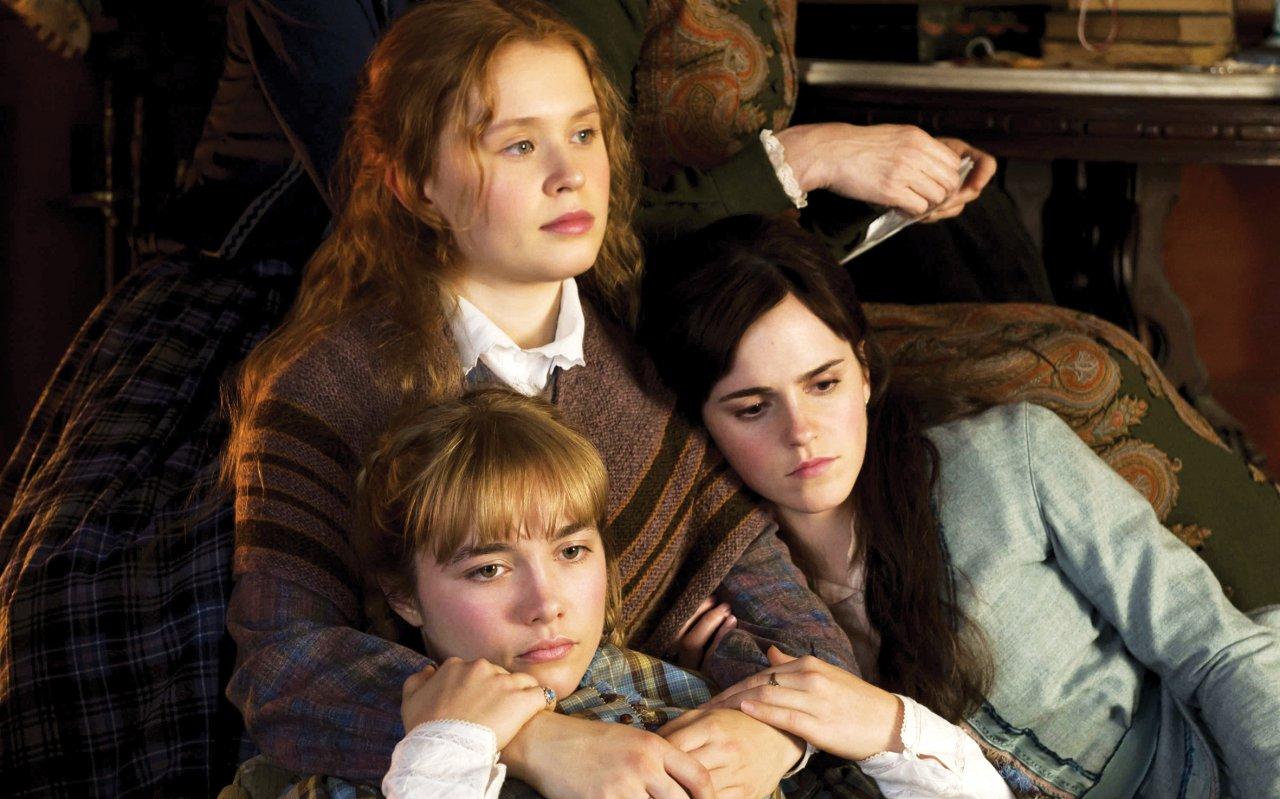
not scared of working and struggling, but I want to do it with John.” She continues working and struggling after her marriage rather than achieving the trite “happily ever after.” There is always a sense of momentum in the film; there is forward movement even in the flashbacks. Greta Gerwig ends the screenplay with the words “Jo looks up … and sees the future.” This allows the story to transcend the bounds of its time period and even this time period. Gerwig’s “Little Women” is timeless and powerful, regardless of who’s watching.
I thoroughly enjoyed “Little Women” and recommend it to anyone who wants to be inspired to create and to go after what they want. The problem with “nostalgic” works is that they cause societies to romanticize certain tropes that are old-fashioned and regressive. “Little Women” fights against this current, showing that a classic text doesn’t have to glorify the outdated sentiments of its time. We can respect the past and still move forward, an idea that is more important than ever today.


